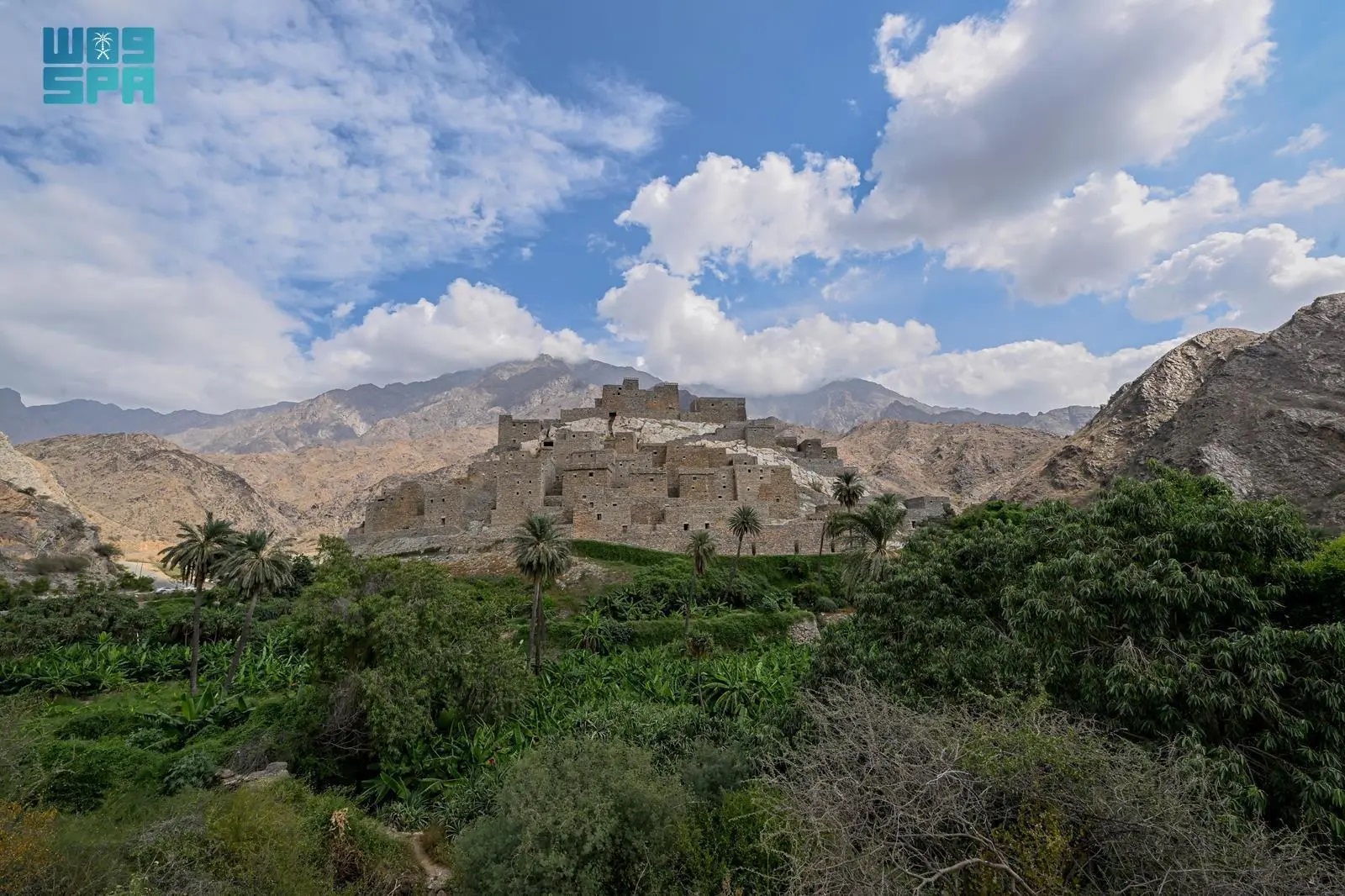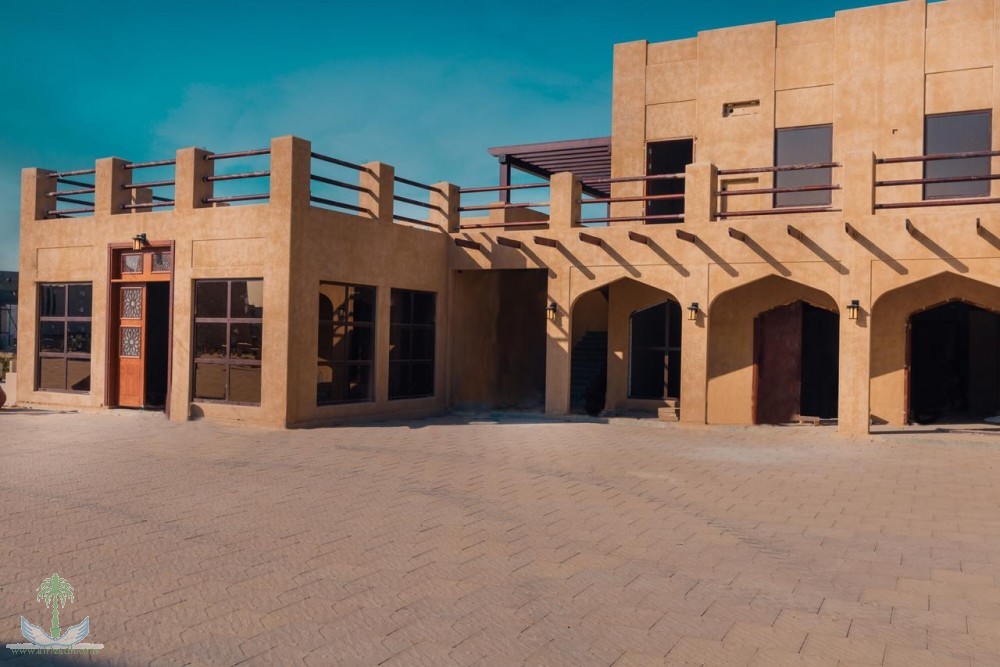
Architecture in Al-Baha: Story of Human and Place
From the peaks of the Sarawat Mountains in Al-Baha Region emerges a distinctive form of Saudi architecture that harmonizes with the mountainous landscape. The region is rich in architectural heritage, reflecting the civilization of its people and their deep connection with their natural environment, which is evident in the traditional villages scattered across the region.
The old buildings of Al-Baha are characterized by designs that respond to environmental factors such as terrain and climate, as well as social aspects rooted in authentic Arab customs and traditions. This has given the region a unique architectural identity. Modern construction projects in Al-Baha continue to adopt the principles of Saudi architecture, reinforcing the country's architectural identity and improving the quality of life in line with the goals of Saudi Vision 2030.
Al-Baha was included in the second phase of implementing the Saudi architectural design guidelines, recently launched to cover major government and commercial projects. These guidelines are part of the Saudi Architecture Map unveiled by His Royal Highness Prince Mohammed bin Salman bin Abdulaziz Al Saud, Crown Prince, and Prime Minister, and Chairman of the Supreme Committee for the Saudi Architectural Design Guidelines, in March. The map features 19 architectural styles inspired by the Kingdom’s diverse geographical and cultural characteristics.
Citizen Mohammed bin Salem Al-Ghamdi, 73, who worked for decades in stone house construction, noted that variations in climate and terrain between the Sarawat highlands and the Tihama lowlands led to differences in building styles and materials, with each environment shaping its own design features.
In recent years, the traditional architectural art of Al-Baha has attracted growing attention from local residents, many of whom have restored their heritage homes and incorporated old styles into new houses, using stone, carvings, and decorative motifs inspired by the region’s identity and history.








